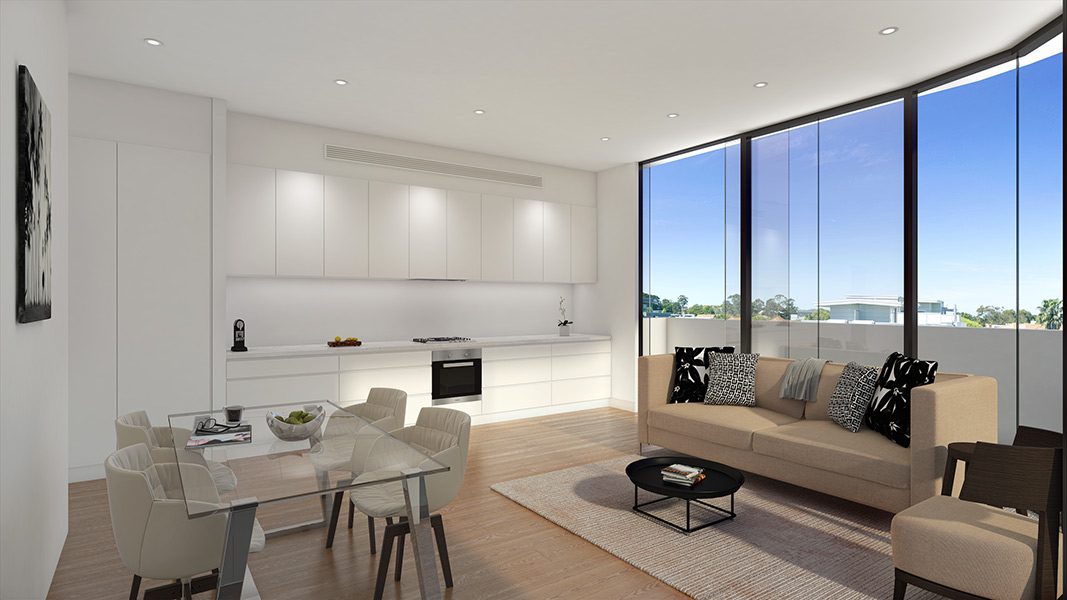Daylight Analysis – Letting Your Light Shine
Despite all of our modern technology, electric lights and methods of transport, most of our work and personal routines are dictated by the movement of the sun's light as the Earth rotates. Allowing sufficient amounts of daylight into our homes, places of work as well as shopping and recreation precincts, contributes to our wellbeing, comfort and ability to relax, not to mention reducing energy use from artificial lighting.
Certain orientations or obstructions can create challenging circumstances for daylight to penetrate the built environment. The ability to quantify the amount of natural light which will enter proposed rooms, especially on south facing facades or projects that have extensive neighbouring obstructions, can give the design team valuable information to assist in maximizing their design options. This can result in improved Indoor Environment Quality (Called IEQ in assessment tools such as Green Star and LEED) and a reduced dependency on artificial lighting and associated energy costs and emissions during daylight hours.
With an increased awareness of the benefits of good daylighting to the built environment and general wellbeing of the occupants, many local councils in the Melbourne Metropolitan area are recognizing the importance of this aspect of design by requesting a Daylight Analysis during the Town Planning approval process.
Notably, Stonnington, Kingston, Port Phillip, Moreland and Yarra now regularly request a Daylight Analysis as a means of assessing the daylight amenity of habitable and conditioned rooms, particularly in residential and mixed use apartment developments. This is sometimes required as a standalone document, but more often, to support a comprehensive ESD Management Plan or Sustainability Management Plan, depending on the terminology of the Council you’re dealing with.
A Daylight Analysis, based on digital daylight modelling, tells designers & planners how much natural light will penetrate into which parts of a room. Furniture and other internal obstructions can also be modelled as required, and the results are presented in both visual and tabulated forms.
A Daylight Analysis of a whole building, level, façade, or even a single apartment or room, can demonstrate compliance with Council guidelines, can help to sell your development to Council, and may even be used as a trade off against other aspects of the development that may be perceived as controversial or less desirable to Council or objectors, such as density, height or amenity.
Contact one of our friendly team today to find out how a Daylight Analysis can help get your project approved.

